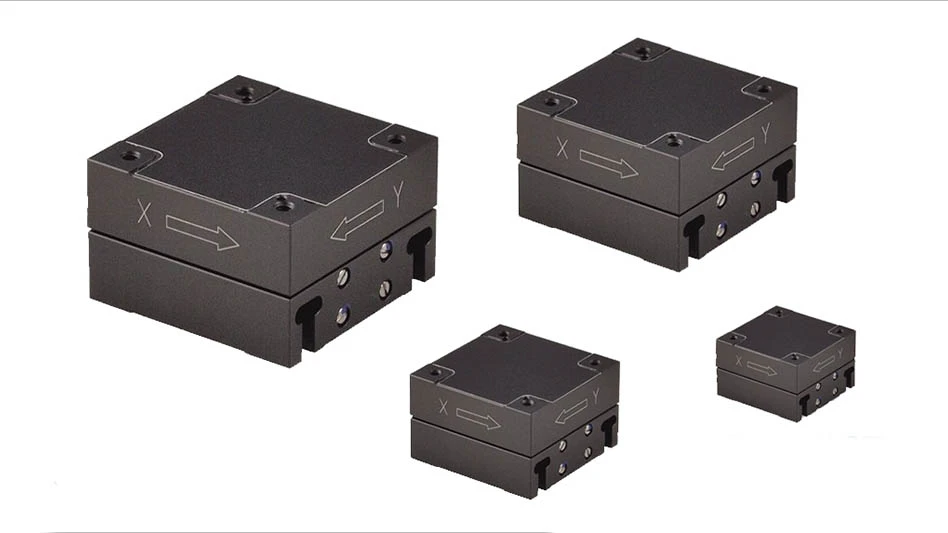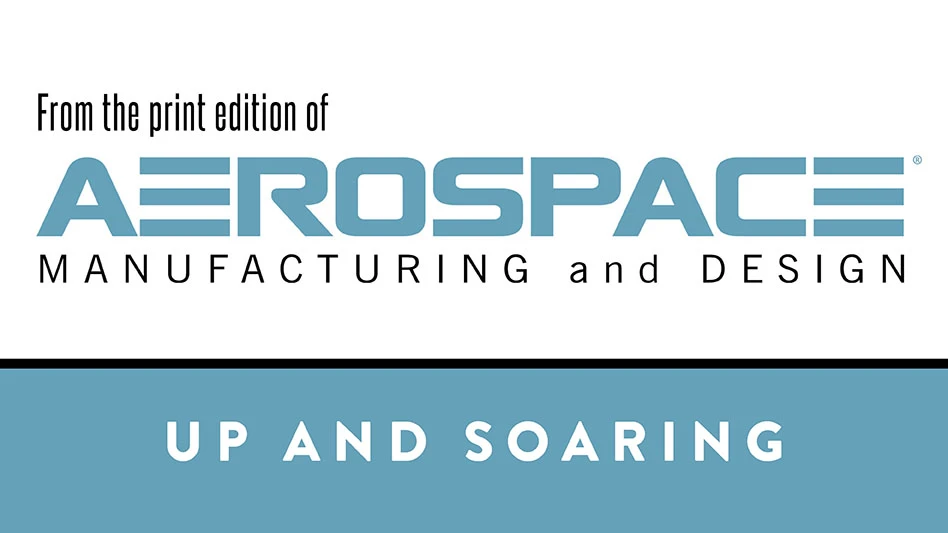
Manufacturers use tailored blanks – sheet-metal pieces with varying thickness – to create complex parts in stamping operations. Producers tend to use laser-welding systems to join different gauges to create the thickness differences (laser-welded blanks) or rolling equipment to plastically deform the metal into different gauges (tailored-rolled blanks).
Dr. Andrzej Rosochowski, a reader in design, manufacture, and engineering management at the University of Strathclyde in Glasgow, Scotland, has a new technology to add to that mix – tailored-sheared blanks. In this process, sheet metal gets fed into a reciprocating press and forced through an angled die, putting shear strain on the metal. By adjusting the stroke of the press, Rosochowski’s process can alter the gauges of the metal being sheared.
“You can tailor the amount of strengthening by changing the angle in the die, that is changing the amount of plastic strain. You can also thin the material or make it thicker than the original sheet. You can even create thickness steps on both sides of the blank instead of one side being flat,” Rosochowski says.
ECAP variation
Rosochowski has spent the past 15 years studying how to practically shorten the grain sizes of metals. Smaller-grain metals are stronger than traditional ones, yet still easily formable into complex shapes. With some hard-to-process metals such as magnesium, shortening grain sizes can increase strength and improve ductility. He calls grain tailoring an alternative to heat treatment and alloying – processes that improve strength but can harm formability.
One method to shorten grain size is equal channel angular pressing (ECAP), forcing metal sheets through an L-shaped die to produce shear strain in the metal – to shrink grain sizes to less than 1µm.

Rosochowski explains. “When it comes from the die, it has basically the same cross-section as the initial billet because the channels are equal. Both arms of this letter L have the same dimensions.”
His variation on ECAP involves splitting the die into two pieces, one stationary, the other reciprocating. The movement of the reciprocating die is synchronized by incrementaly feeding the material in the stationary die. By changing the bottom position of the reciprocating die, the material leaving the pressing can have a different thickness than the one going in. By varying that position during the process, the outgoing sheet can go through multiple stair-step like thickness changes.
This incremental ECAP (I-ECAP) process could speed some forms of titanium processing. Superplastic deformation, in which a material is stretched beyond its traditional breaking point by careful application of force, can create complex shapes, but it’s a very slow process, especially for titanium alloys. Titanium can take one-to-two hours to shape using superplastic deformation.
However, short-grained metals are much more tolerant to superplastic stresses. Metals processed with the I-ECAP process could slash those forming times dramatically, Rosochowski says.
Custom mechanical properties
The biggest opportunity is the ability to control mechanical properties throughout a piece, according to Rosochowski. By controlling grain size via the sheering process, sheered blanks could have thick, strong areas that have been run through multiple grain-shortening steps, surrounded by thinner gauges of the same metal that haven’t been forced through the die.
The number of steps needed to produce a sheet depends on the feeding stroke, which is limited to 30% of sheet thickness. With faster and better controlled press actuators, Rosochowski envisions a more synchronized motion in which feeding could take place faster. High-frequency pressing tools and other systems could help.
“We need to study how to improve speeds and how different materials respond to this,” Rosochowski says.
University of Strathclyde Glasgow
About the author: Robert Schoenberger is an editor at AM&D and can be reached at 216.393.0271 or rschoenberger@gie.net.

Explore the January February 2016 Issue
Check out more from this issue and find your next story to read.
Latest from Aerospace Manufacturing and Design
- Talking machine tools with the professionals who build them
- Tools and strategies for improving your machining processes
- America Makes announces QTIME project call
- Innovation meets precision for 40% faster machining
- Upcoming webinar: Pro tips from a supply chain strategist
- Heart Aerospace relocates to Los Angeles
- Fixtureworks introduces Stablelock Clamps
- Piasecki acquires Kaman's KARGO UAV program





